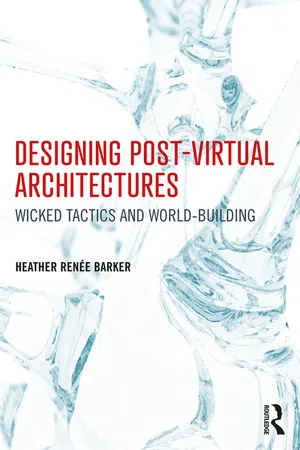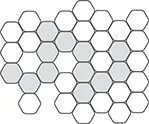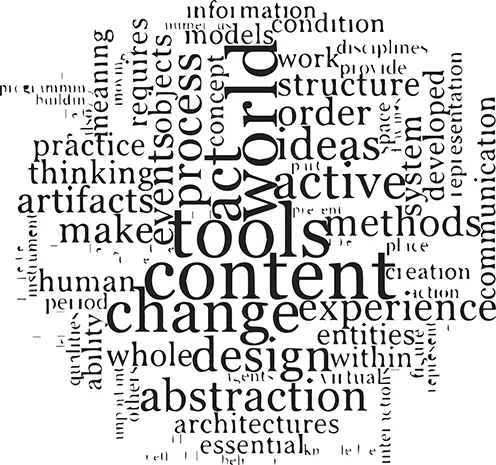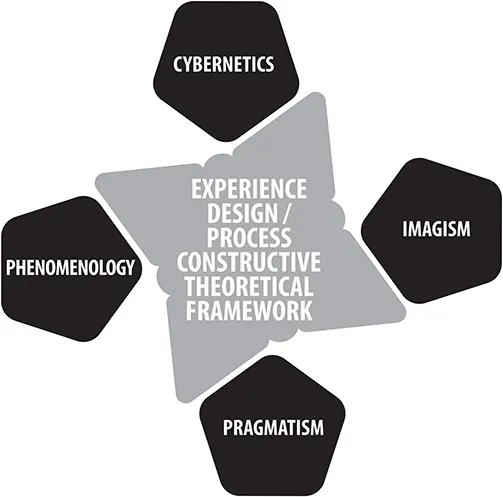
- 184 pages
- English
- ePUB (mobile friendly)
- Available on iOS & Android
About This Book
Designing Post-Virtual Architectures: Wicked Tactics and World-Building explores, describes, and demonstrates theories and strategies for design in a post-virtual world. This book reveals affinities among social, mathematical, philosophical, and language expressions integrated into a theoretical framework, facilitating design across physical and virtual space. This experience-driven framework forms the basis for data-driven, experience design methodologies. The implementation of these methodologies takes design work beyond the stylistic expressions of parameters, to data-driven, multi-modal, parametric processes of transformation.
With this book as a resource, architects and designers have a handbook of technical and philosophical concepts to lend rigor to their design work. Numerous diagrams delineate complex ideas while also acting as templates for creating, assessing, and communicating the meaning and value of designed solutions. As a handbook, the intention is to provide a guide to support the application of interdisciplinary tactics across strategic fields. Such novel approaches open up new ways of developing singular solutions and new ways to serve the distributed behaviours systemized through architectures. In an evolving contemporary condition, a foundation of rigorous human-centred design is central to moving the discipline of design into the future.
Providing a range of rigorous methodologies for those looking to develop project-specific strategies, Designing Post-Virtual Architectures: Wicked Tactics and World-Building is a tool to facilitate the creation of innovative and meaningful architectures, and is an ideal resource for postgraduate students of architectural theory, design theory and design methods, as well as academics and professionals practicing the field.
Frequently asked questions
Information

Pillar 04 – Deliver/Intersubjective Corroboration
VIGNETTES
THEORIES AND PHILOSOPHIES THAT INFORM DESIGN PRACTICE
Experience Design/Process Constructive Theoretical Framework


THEORY VIGNETTES
INTRODUCTION
Phase 01 –Discover/Epoché
Conditions Driving the Theories, Philosophies, and Methodologies That Inform Design Practice
Vignette 1 –Interdisciplinarity, Collective Experience, Pragmatism, Phenomenology, and the Experience Design/Process Constructive (XD/PC) Theoretical Framework

Vignette 2 –Design, “Marked”, and “Out”
Table of contents
- Cover
- Half Title
- Title Page
- Copyright Page
- Dedication
- Table of Contents
- Preface
- Acknowledgements
- Introduction
- PILLAR 01 – DISCOVER/EPOCH#x00C9;
- PILLAR 02 – DEFINE/PHENOMENOLOGICAL REDUCTION
- PILLAR 03 – DEVELOP/EIDETIC VARIATION
- PILLAR 04 – DELIVER/INTERSUBJECTIVE CORROBORATION
- Index